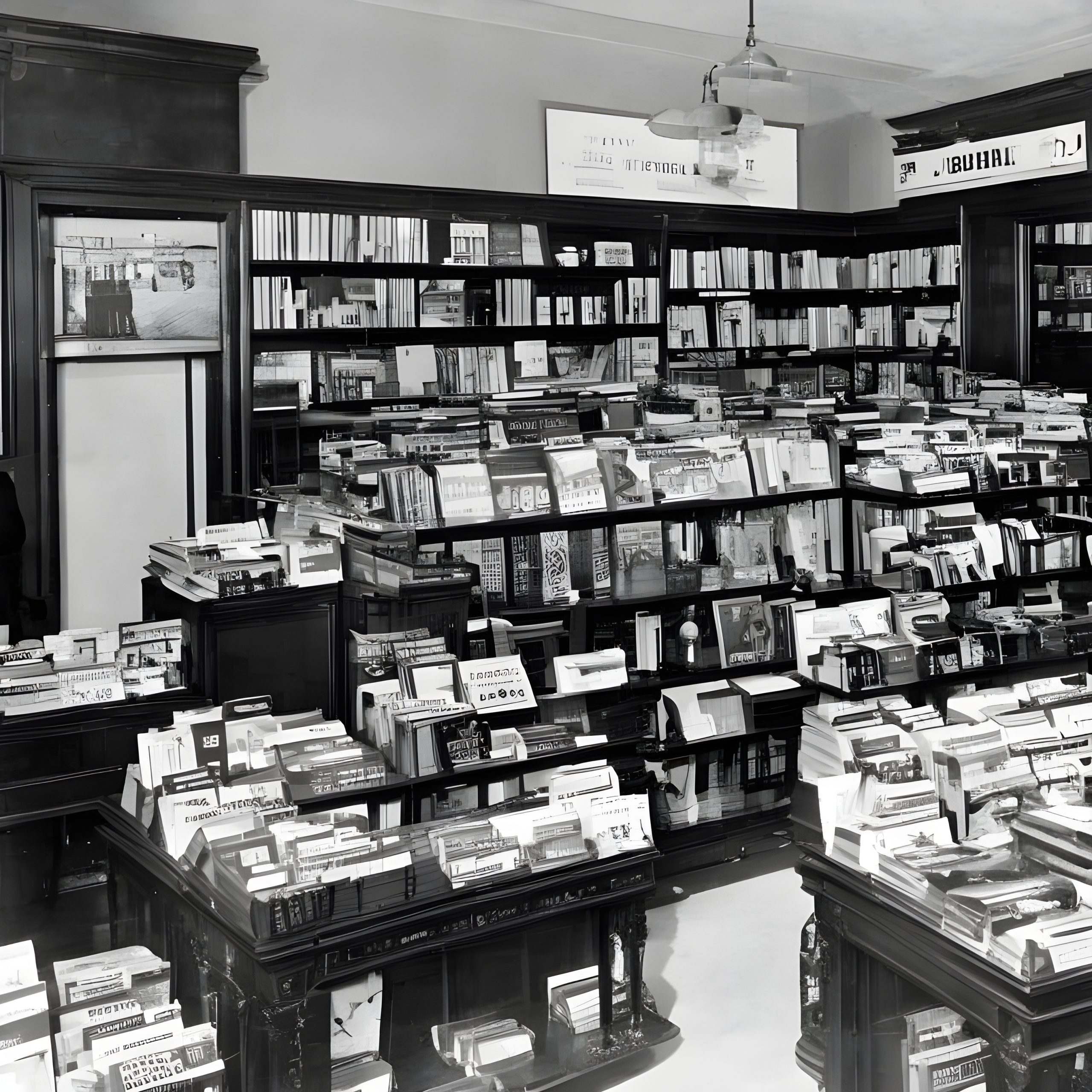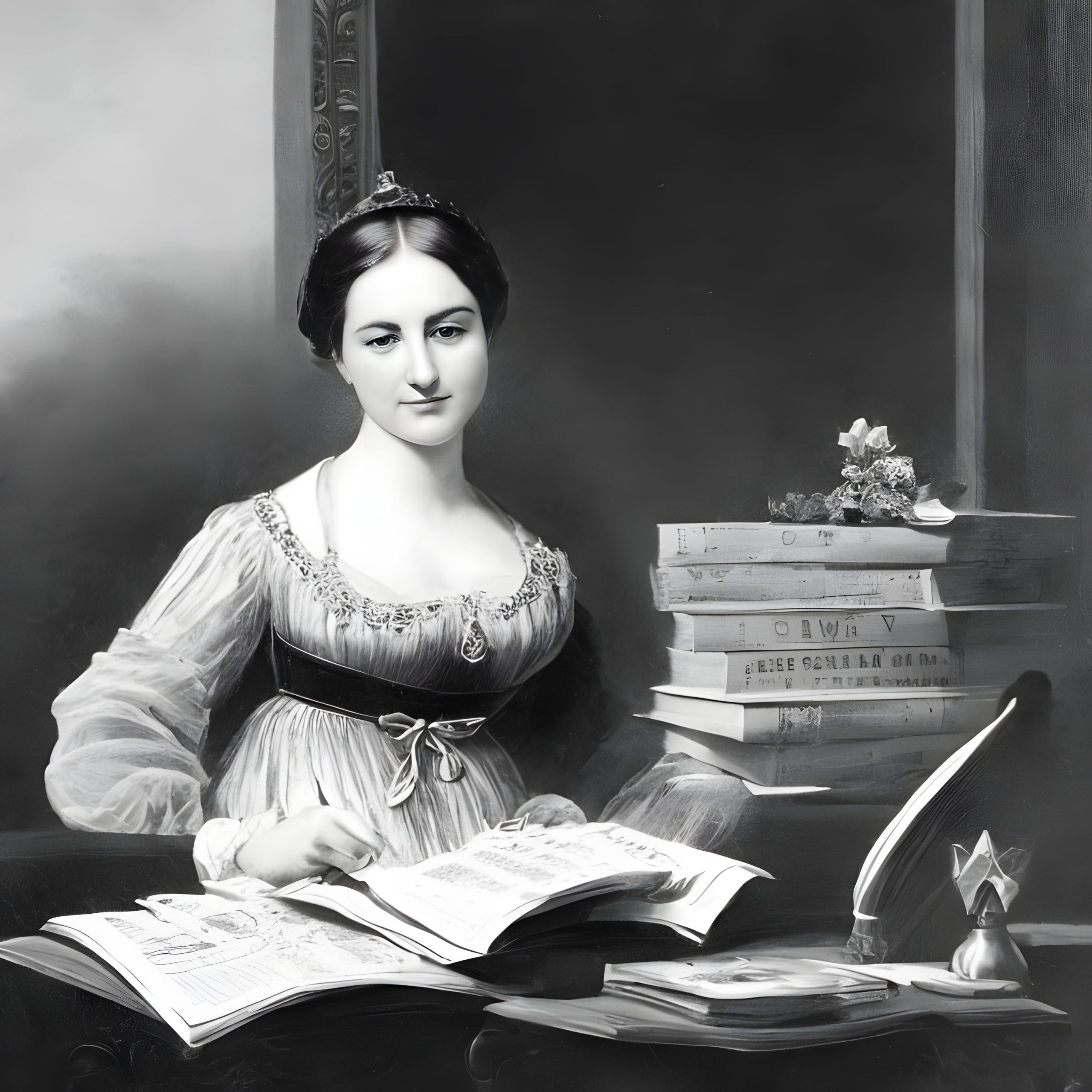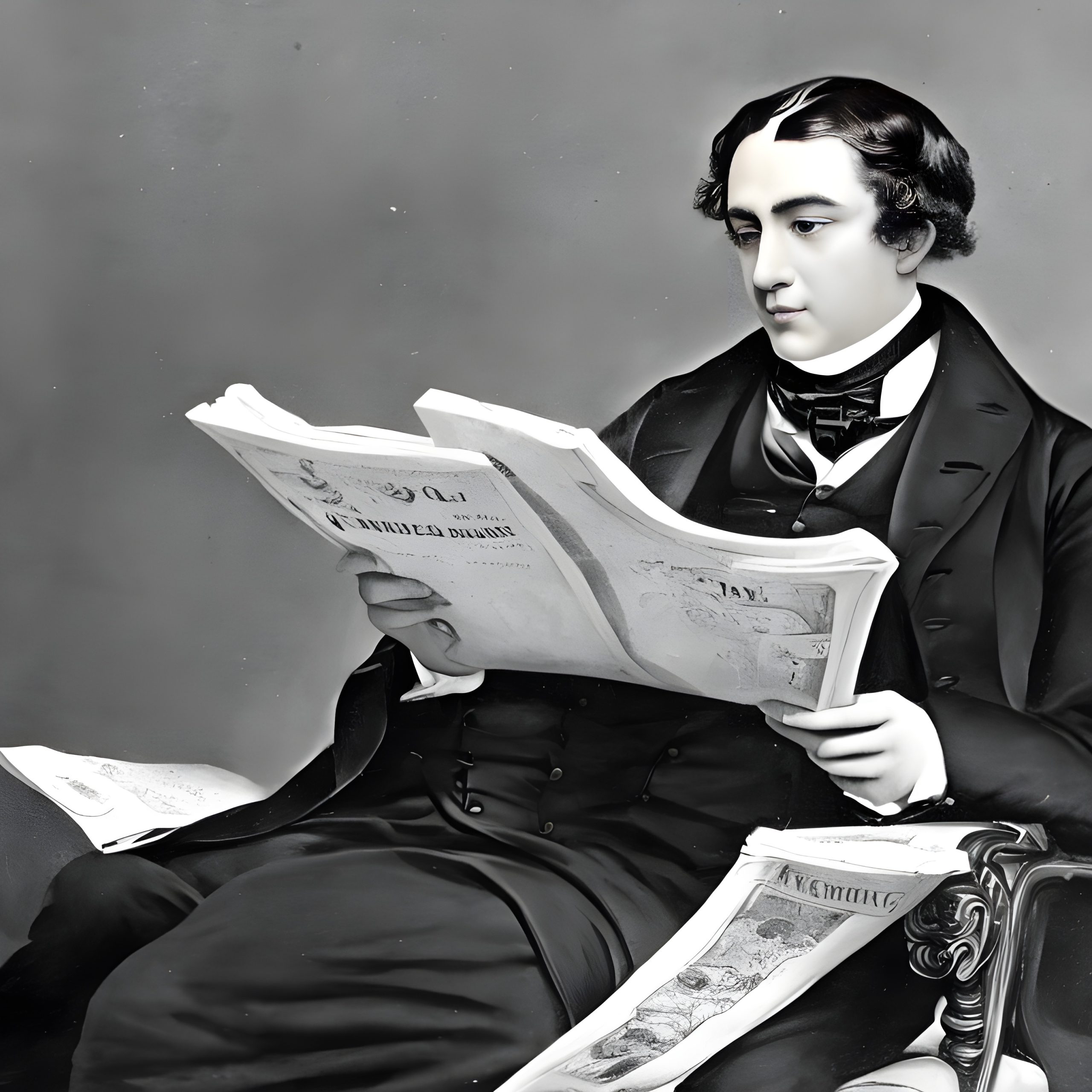If you are a fan of humour and satire, you may have heard of The Punch magazine, or simply Punch, a British weekly that was published from 1841 to 1992 and from 1996 to 2002. It was one of the most influential and popular magazines of its kind, and it helped to shape the British culture and identity for over a century and a half. In this blog post, I will tell you the story of how Punch came to be, what made it so special, and how it influenced the world of comedy and cartooning.
The Origins of Punch
Punch was founded on 17 July 1841 by Henry Mayhew, a journalist and social reformer, and Ebenezer Landells, a wood-engraver and illustrator. They had an initial investment of £25, and they hired Mark Lemon as their co-editor. They named their magazine after Mr. Punch, the anarchic glove puppet of Punch and Judy shows, which were popular street entertainment at the time. They also subtitled their magazine The London Charivari, in homage to Le Charivari, a French humour magazine that inspired them.
Punch’s aim was to poke fun at the political and social issues of the day, using humour and satire as weapons of criticism and reform. They also wanted to appeal to a wide audience, from the educated middle class to the working class. They used a variety of formats, such as articles, poems, jokes, sketches, cartoons, and illustrations, to convey their message.
Punch struggled to find readers at first, until it published its 1842 Almanack issue, which sold 90,000 copies and made it famous overnight. It also attracted some of the best writers and artists of the era, such as Charles Dickens, William Makepeace Thackeray, John Leech, Richard Doyle, John Tenniel, and Charles Keene. These contributors formed what became known as The Punch Brotherhood, a close-knit group of friends who shared a common vision and style.
The Golden Age of Punch
Punch reached its peak of popularity and influence in the mid-nineteenth century, when it became a national institution and a symbol of Britishness. It was widely read by people from all walks of life, from royalty to commoners, from politicians to artists. It was also admired and imitated by humour magazines around the world.
One of the reasons for Punch’s success was its ability to adapt to the changing times and tastes of its readers. It covered a wide range of topics, from domestic affairs to foreign wars, from social reforms to scientific discoveries, from literature to sports. It also invented new forms of humour and satire, such as the wordplay puns that gave it its name.
Another reason for Punch’s success was its brilliant use of cartoons and illustrations. It was Punch that coined the term “cartoon” in its modern sense as a humorous drawing with a caption. It also employed some of the finest cartoonists in history, who created memorable characters and images that became part of the British culture. For example:
– John Leech created Mr. Briggs, a hapless middle-class gentleman who suffers various mishaps in his daily life.
– Richard Doyle created The Foreign Tour of Brown Jones & Robinson, a series of sketches that satirized the British tourists abroad.
– John Tenniel created Dropping the Pilot, a cartoon that depicted Otto von Bismarck being dismissed by Kaiser Wilhelm II after the unification of Germany.
– Charles Keene created Our Club, a series of cartoons that portrayed the eccentric members of a fictional gentlemen’s club.
Punch also had a significant impact on the political and social scene of its time. It supported many progressive causes, such as the abolition of slavery, the extension of suffrage, the improvement of public health, and the education of women. It also criticized many abuses and injustices, such as corruption, oppression, poverty, and war. It often used satire as a way of exposing hypocrisy and folly among the powerful and privileged.
The Decline and Revival of Punch
Punch began to decline in popularity and influence after the First World War, when it lost many of its readers and contributors to the horrors of war and the rise of new forms of media. It also failed to keep up with the changing tastes and expectations of its audience, who found its humour outdated, dull, or offensive. It faced increasing competition from other humour magazines, such as Private Eye, which was more daring and irreverent.
Punch tried to revive itself by changing its format, style, and content several times, but none of these attempts succeeded in restoring its former glory. It also suffered from financial problems, ownership changes, and editorial disputes. In 1992, United Newspapers decided to close Punch after 151 years of publication, citing low sales and large losses.
However, Punch was not dead yet. In 1996, it was revived by Mohamed Al-Fayed, the owner of Harrods, who bought the magazine for £1.5 million. He hired Peter McKay as the editor and promised to restore Punch to its original spirit and quality. He also invited some of the old contributors back, such as Alan Coren, Barry Fantoni, and William Rushton.
The new Punch was launched with much fanfare and publicity, but it soon became clear that it was not the same as the old one. It was criticised for being too dependent on Al-Fayed’s views and interests, too obsessed with celebrities and scandals, and too lacking in humour and satire. It also faced legal troubles, such as a libel suit from Jeffrey Archer, who won £500,000 in damages.
The new Punch failed to attract enough readers and advertisers to sustain itself. It also lost many of its staff and contributors due to low morale and poor management. In 2002, Al-Fayed announced that he would close Punch after six years of publication, saying that he had done his best to save it but that it was no longer viable.
The Legacy of Punch
Punch may be gone, but it is not forgotten. It has left behind a rich legacy of humour and satire that has influenced generations of writers, artists, comedians, and cartoonists. It has also contributed to the English language with many words and phrases that originated or popularised in its pages, such as “cartoon”, “curate’s egg”, “the man in the street”, “the thin end of the wedge”, “up to snuff”, and “punch line”.
Punch’s archives are preserved online by Gale Cengage Learning, which offers access to over 200,000 pages of content from 1841 to 1992. The Punch website also features a selection of cartoons and articles from its history. The Punch table, where the contributors used to dine and carve their initials, is now displayed at the Cartoon Museum in London.
Punch’s spirit lives on in many contemporary humour magazines and websites, such as The Onion, The Daily Mash, The Beaverton, The New Yorker, Mad Magazine, Cracked.com, The Oatmeal, XKCD.com, and many more. These publications owe a debt of gratitude to Punch for paving the way for their success and showing them how to make people laugh.
Punch was more than just a magazine. It was a cultural phenomenon that captured the essence of British humour and satire for over a century and a half. It was a mirror that reflected the society and history of its time. It was a weapon that challenged the powerful and defended the weak. It was a friend that entertained and enlightened its readers.
Punch was indeed “the comic spirit of England”.
Reference
– Punch (magazine) – Wikipedia. https://en.wikipedia.org/wiki/Punch_%28magazine%29
Tags
Divi Meetup 2019, San Francisco
Related Articles
Unappreciated Greatness
Life and Legacy of Jahangir of the Mughal Empire. Jahangir ruled over one of the largest empires in human history during his lifetime, yet few people outside of South Asia have heard of him. I aim to shed light on the life and legacy of this remarkable figure,...
The Plague Doctor’s Diary
A Personal Account of the Turin Epidemic of 1656. I am writing this diary to record my experiences and observations as a plague doctor in Turin, the capital of the Duchy of Savoy, during the terrible epidemic that has afflicted this city and its surroundings since the...
The Timeless Beauty of Bustan
Unveiling the Secrets of Saadi Shirazi's Masterpiece.In the realm of Persian literature, few works have captured the essence of love, spirituality, and morality quite like Bustan (The Orchard) by Saadi Shirazi. This 13th-century masterpiece has left a lasting impact...
Stay Up to Date With The Latest News & Updates
Explore
Browse your topics of interest using our keyword list.
Join Our Newsletter
Sign-up to get an overview of our recent articles handpicked by our editors.
Follow Us
Follow our social media accounts to get instant notifications about our newly published articles.









